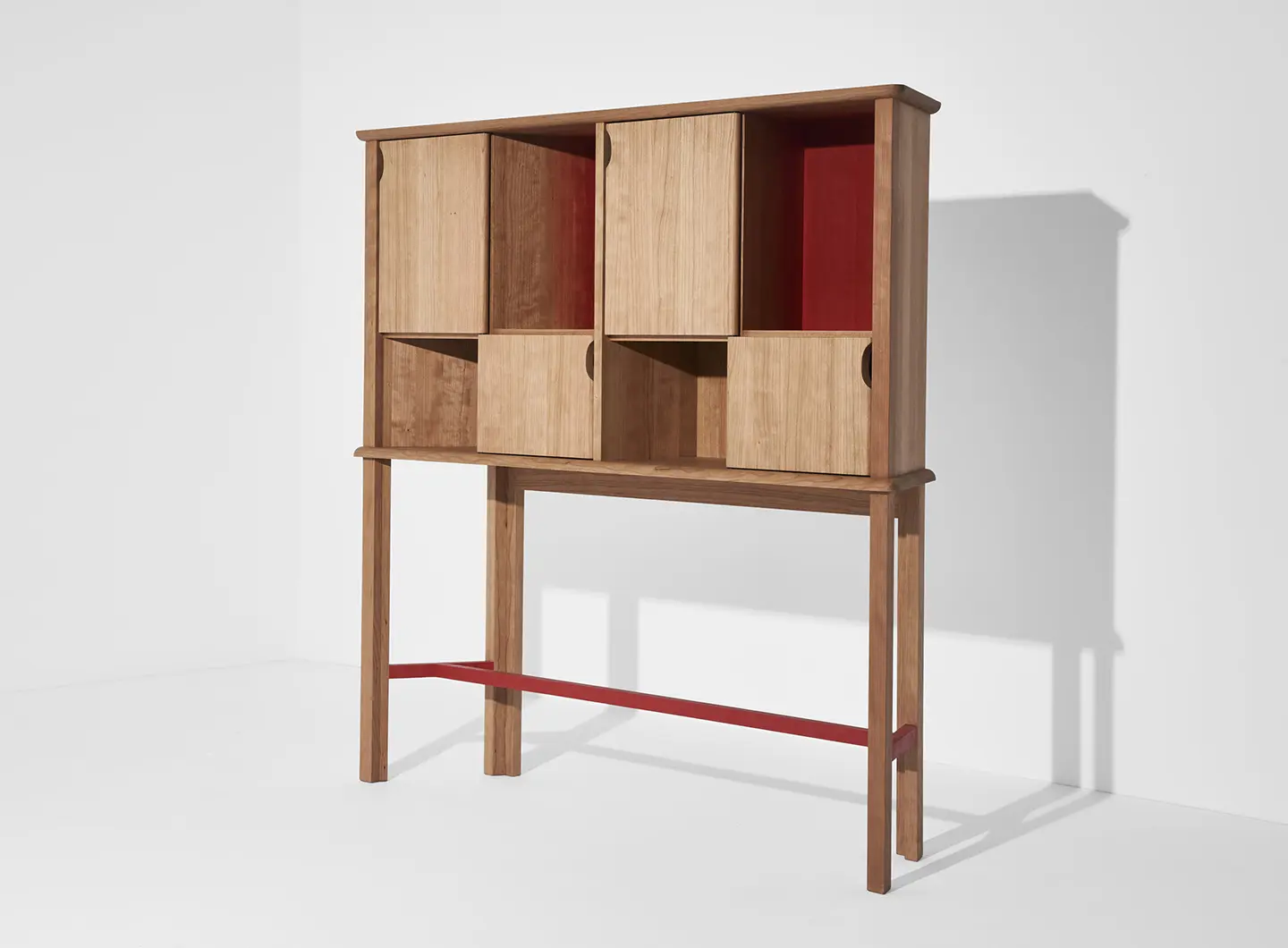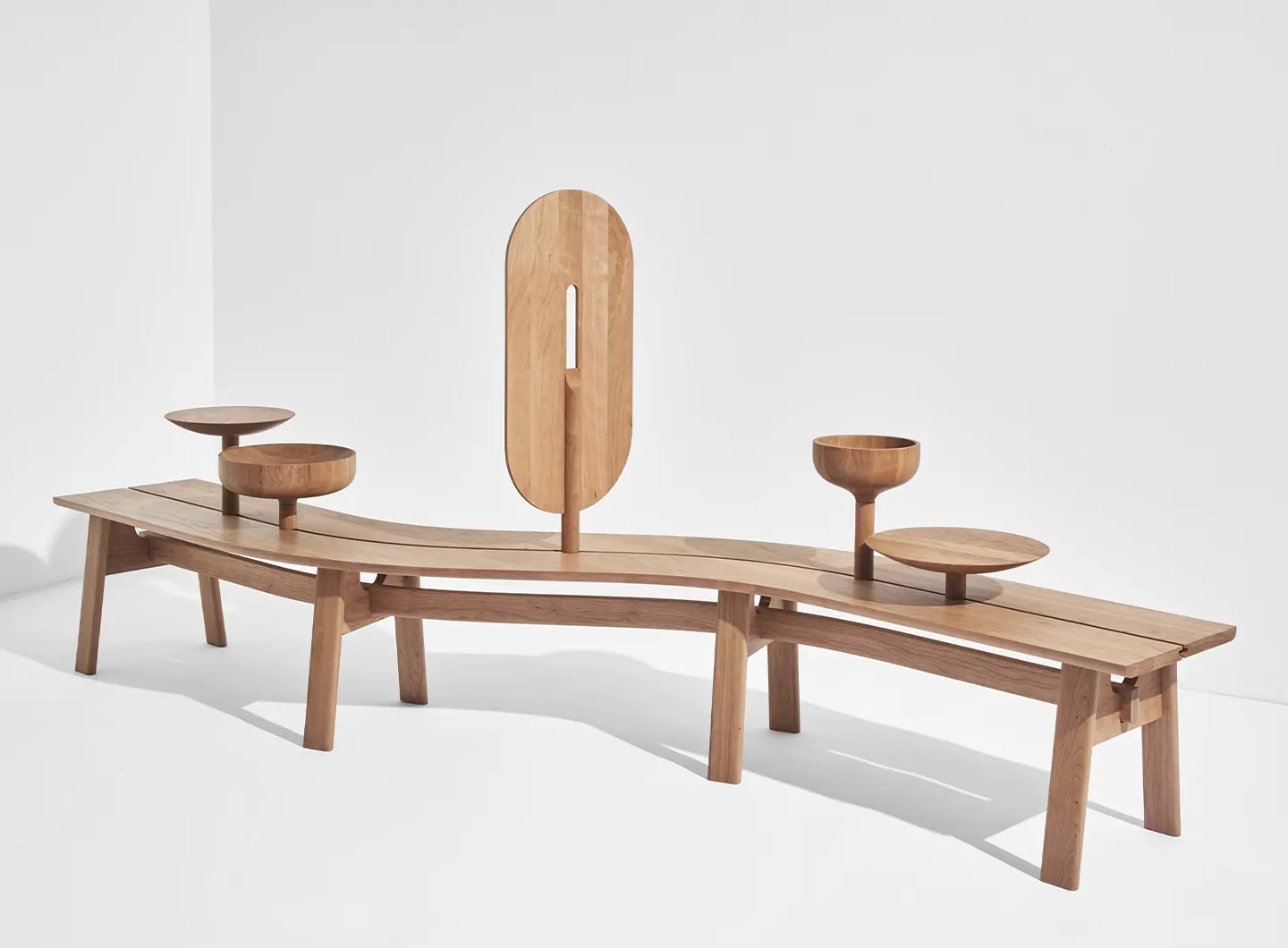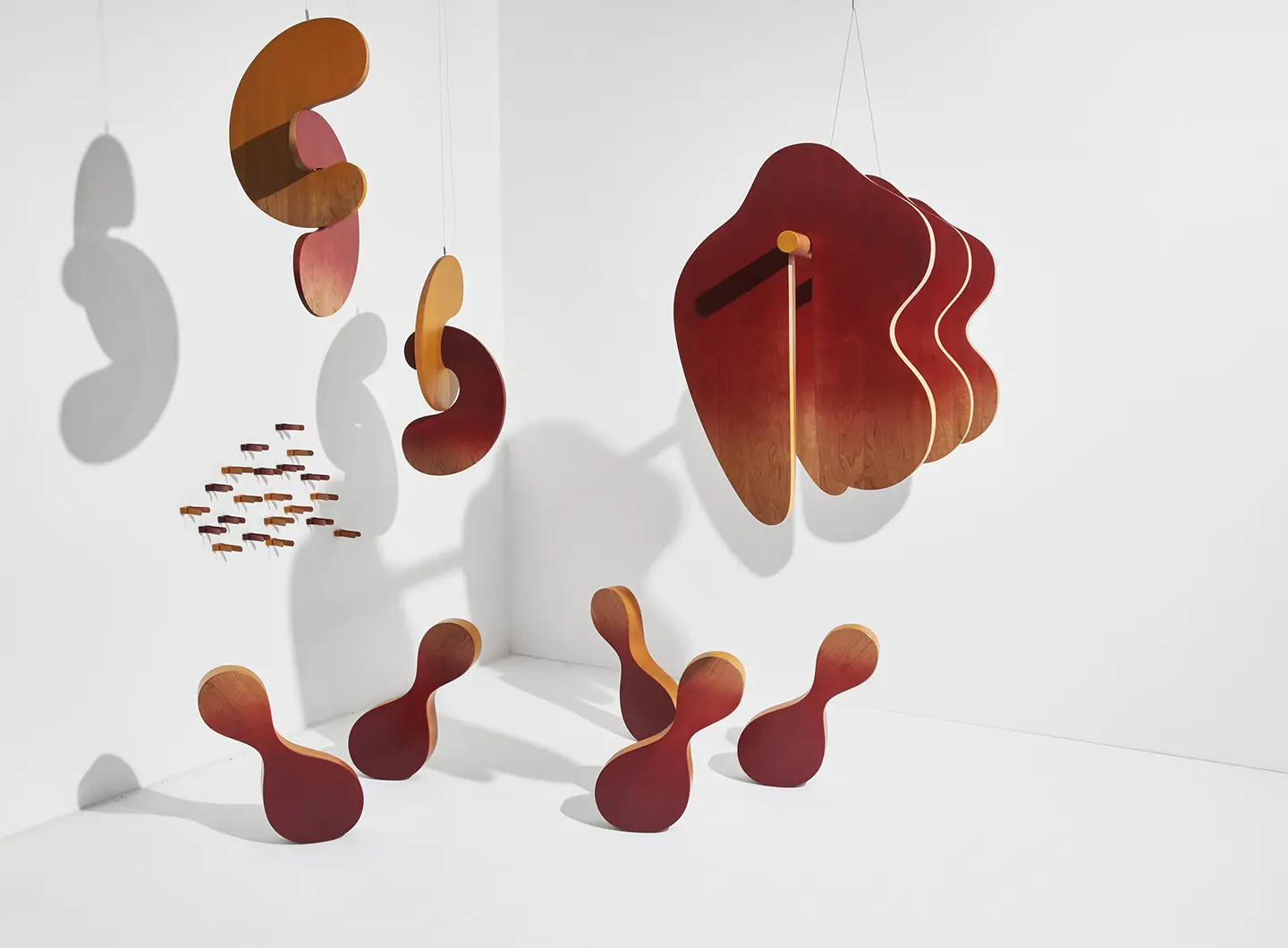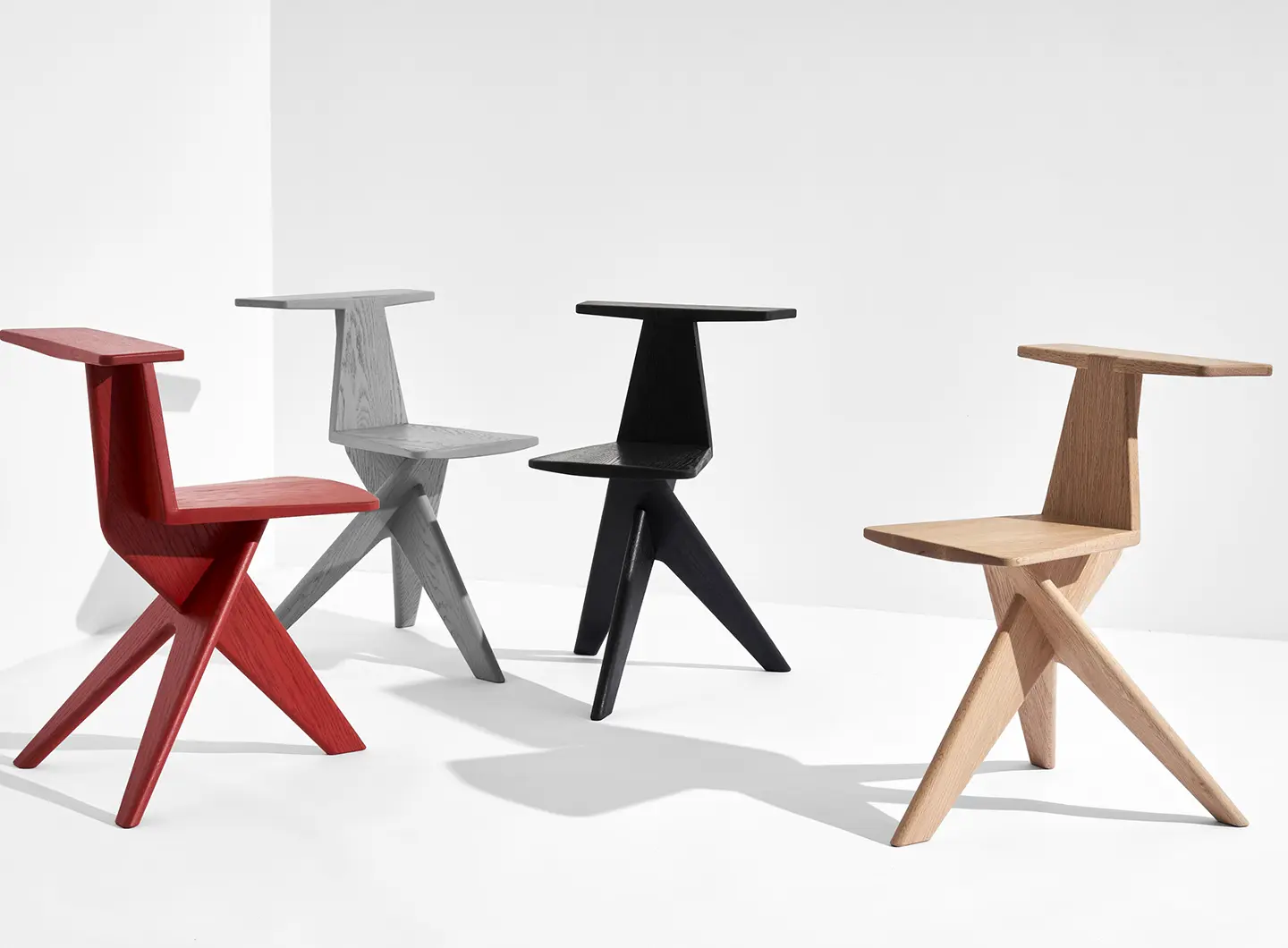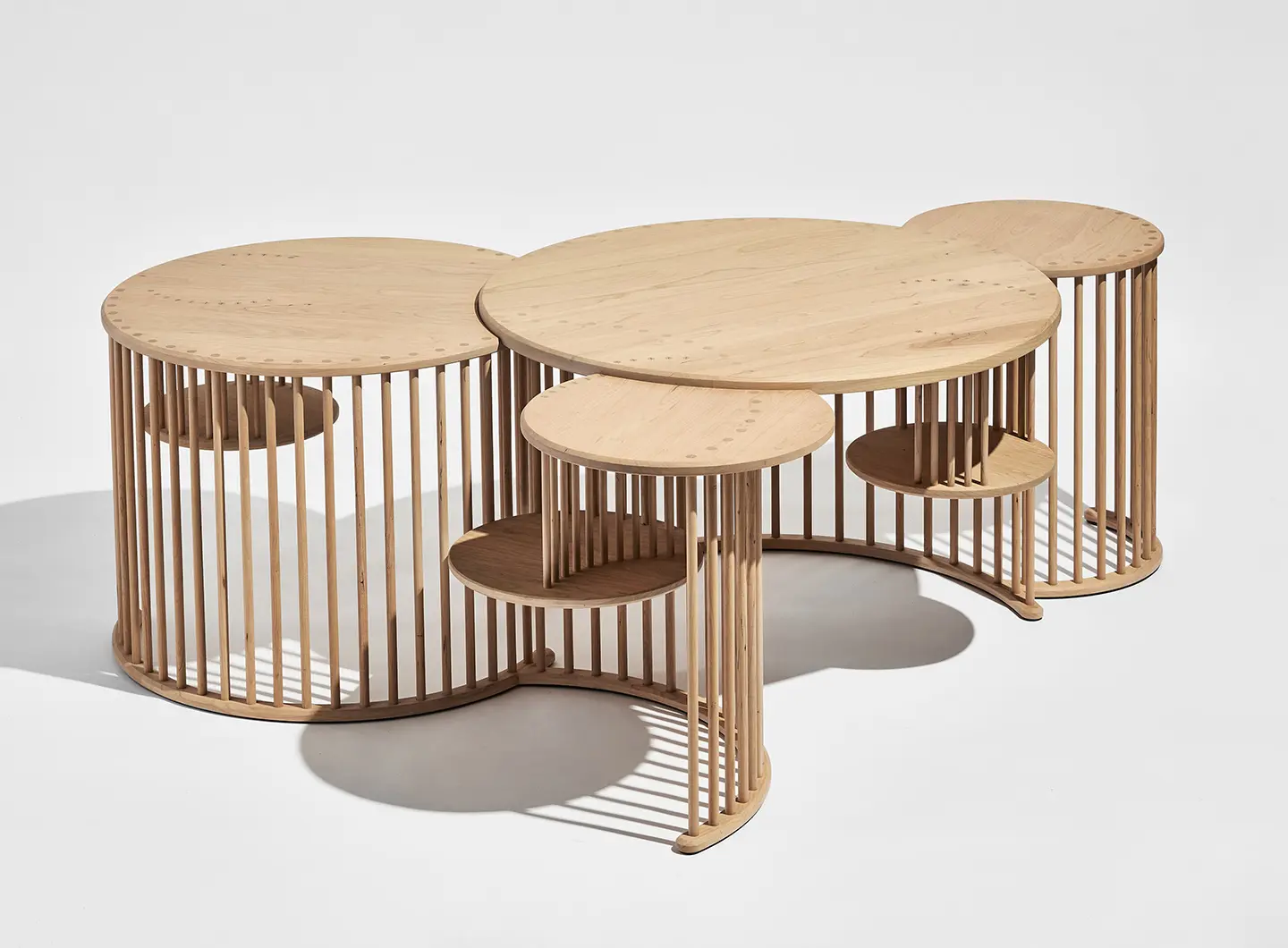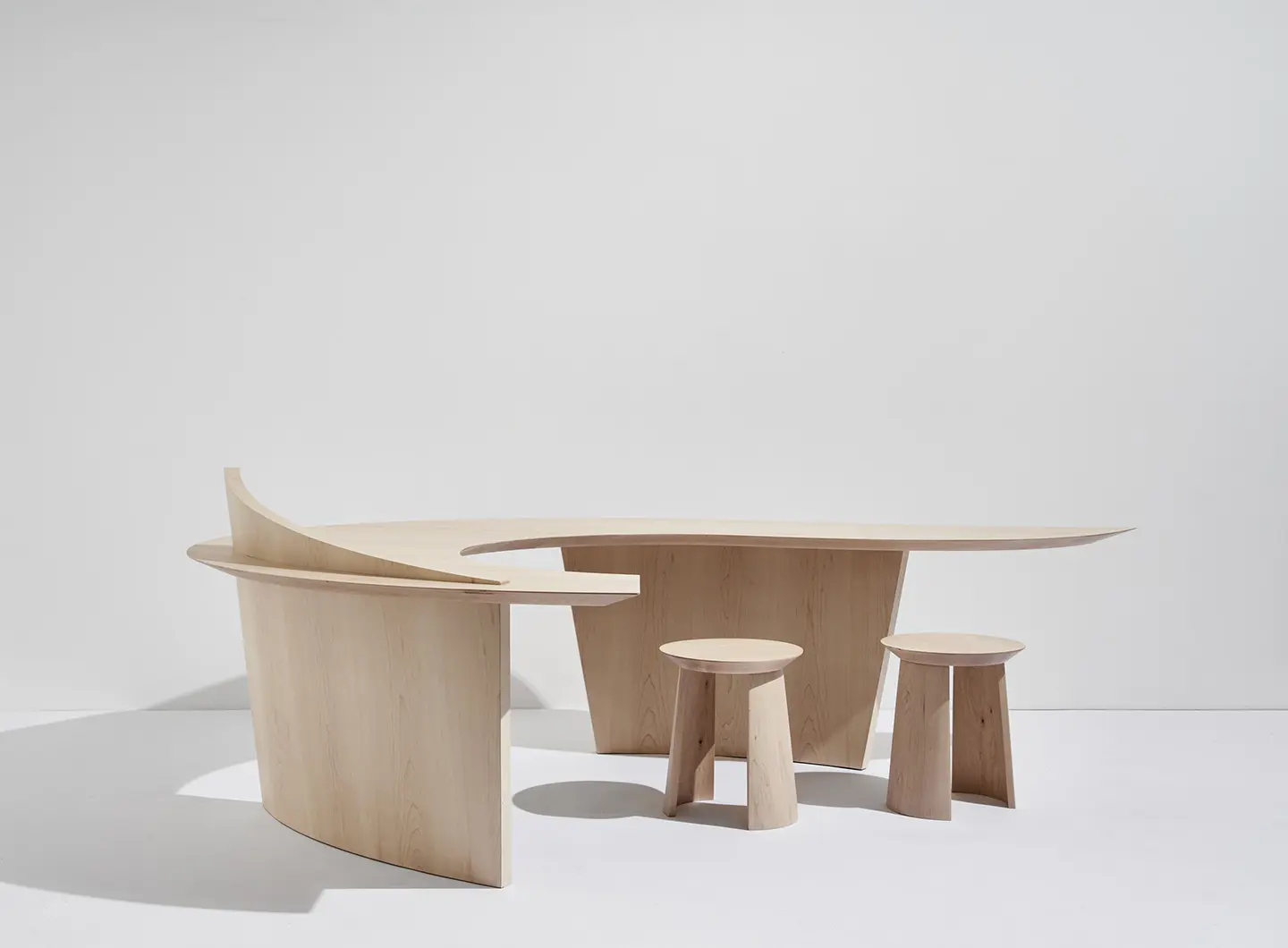From BIG to David Chipperfield, Frank Gehry to Snøhetta: a world tour of the best buildings set to open in 2026
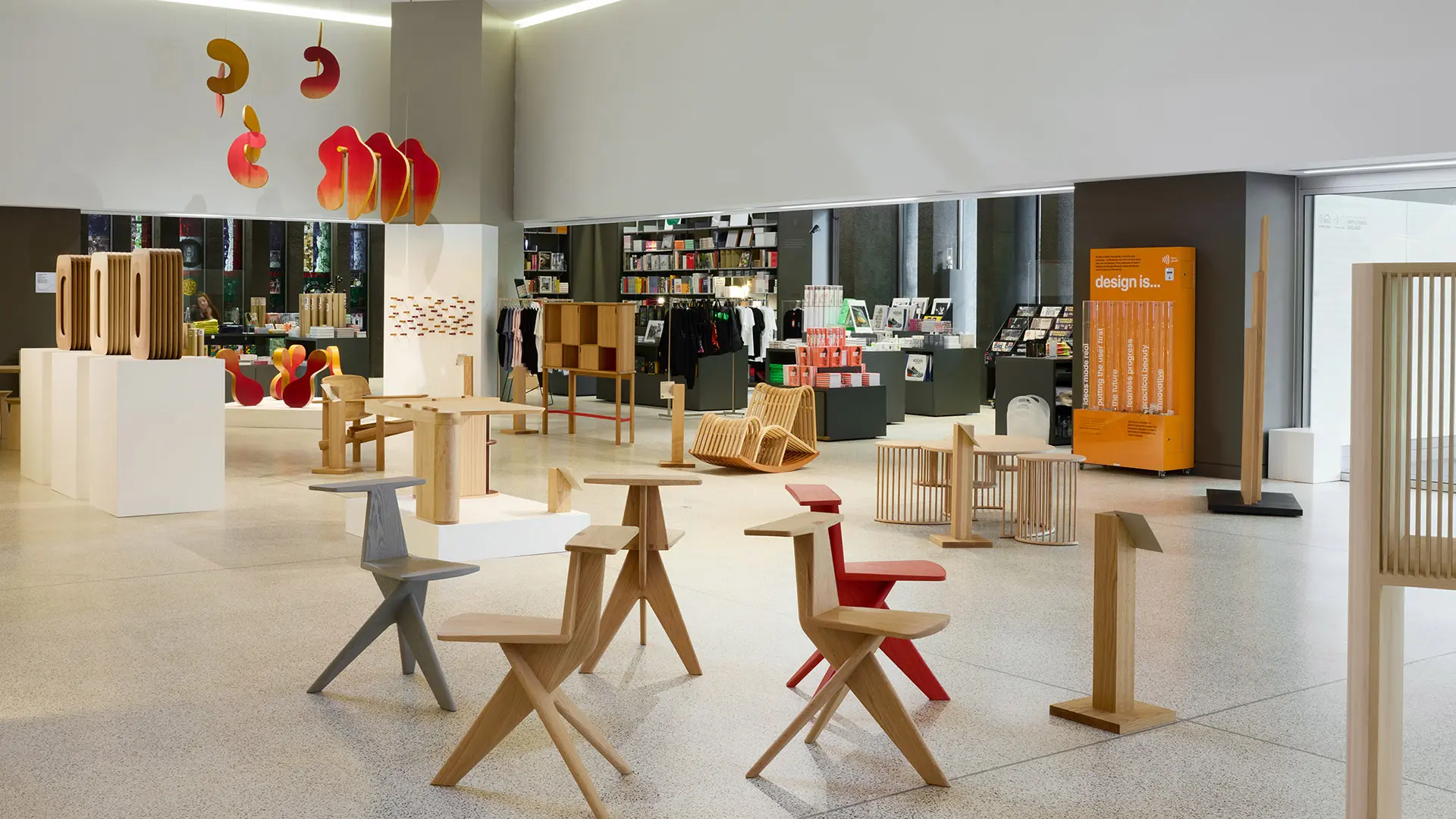
Credit Thom Atkinson
At London’s Design Museum, twenty emerging talents reflect on how living has evolved during the pandemic and explore a sustainable material, hardwood.
Can objects help combat isolation? How can we foster a sense of touch in an increasingly virtual world? The exhibition Discovered, presented by the American Hardwood Export Council (AHEC) and Wallpaper, in partnership with the Design Museum and open to the public until 10th October, endeavours to respond to these questions. The project aims to support and promote the new generation of designers, involving 20 young designers from 16 different countries: Europe, Africa, Asia, and as far as Australia. The result is a series of objects born of personal reflections on the pandemic, experimenting with the infinite possibilities of wood and its various applications.
“This is a time when the next generation needs support more than ever,” said Sarah Douglas, Editor-in-Chief of Wallpaper. “We are honoured to partner with AHEC and the Design Museum in presenting Discovered, to ensure the designers of tomorrow have the platform they deserve.”
The designers were mentored during the project by design masters and AHEC global production partners with a view to creating a new object based on a choice of four sustainable hardwoods: American red oak, cherry and American hard and soft maple.
Throughout the project the young designers were supported and guided by Wallpaper’s Editor-in-Chief Sarah Douglas and AHEC’s European Director David Venables, as well as by an international group of designers including Tomoko Azumi, Maria Jeglinska-Adamczewska, Nathan Yong and Adam Markowitz.
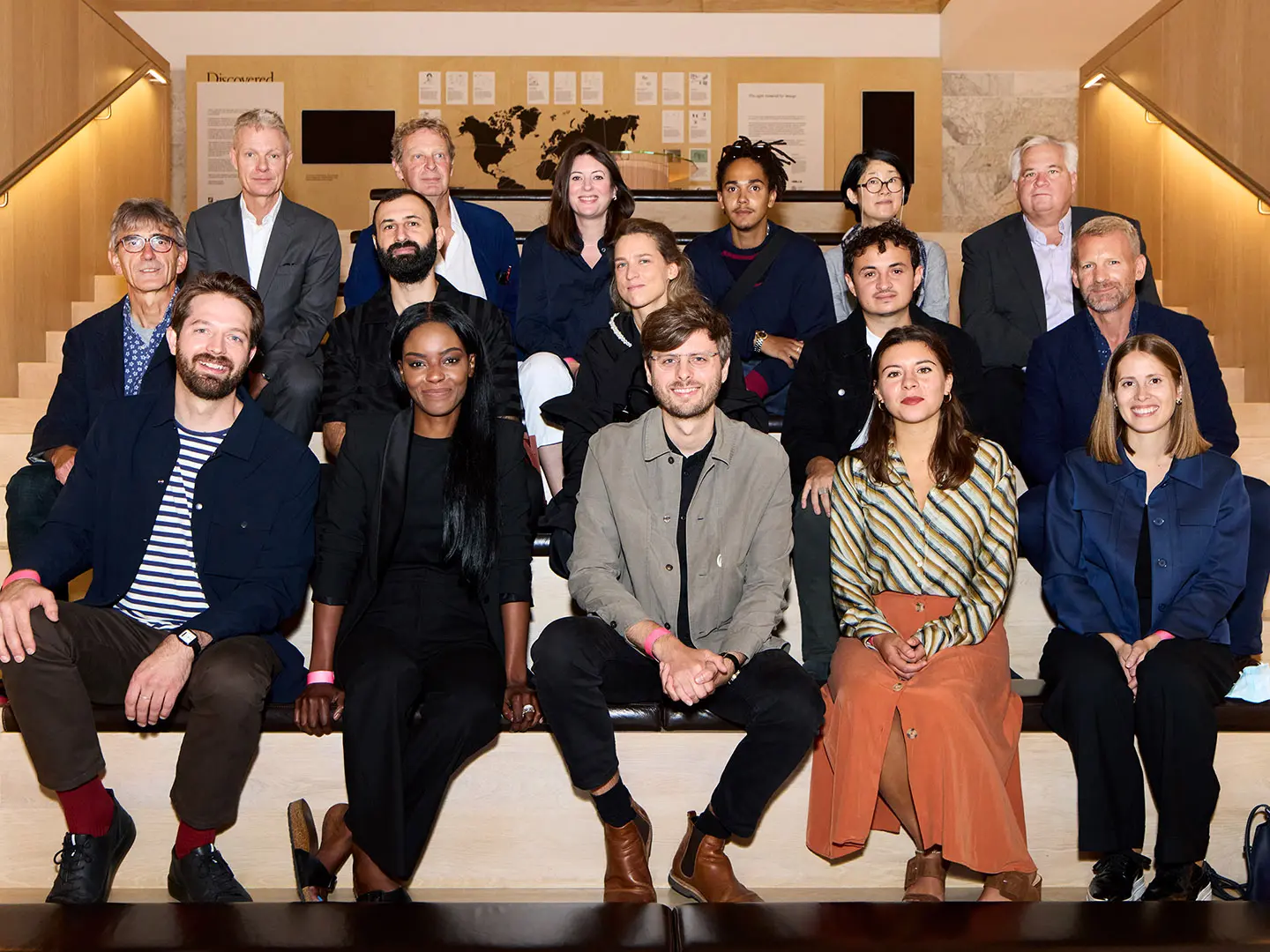
Credit Thom Atkinson
"To develop their concepts, participants were invited to think freely about their experience of living and working in isolation, responding to themes of touch, reflection and strength, and to channel their own experiences into a piece that represents our functional and emotional connections to everyday objects. The designers have considered ideas such as identity and cultural heritage, family and social ritual, the pandemic-induced need to adapt, and the inherent comfort of touch.” said Tim Marlow, Director of the London Design Museum.
David Venables, AHEC’s European Director, had this to say: “Discovered is a unique opportunity for us as we will be joining forces with the other AHEC regional offices in a creative project for the first time. This project has enabled us to give them a valuable learning experience on product design and development with sustainable hardwood.”
Despite the great personal and professional challenges faced by the designers, their tremendous passion shines through.
“I thought about the importance of objects as extensions of ourselves: from one side, many boundaries are created, from another, boundaries disappear, private and public are mixed together,” said Italian designer Alessandra Fumagalli Romario. This informed the Studiolo 2.0, inspired by the small spaces in the small studioli in Renaissance paintings and cabinets of curiosities, in which objects can be hidden or displayed.
Swiss designer Isabelle Baudraz recreated sensory and emotional connections to combat the feeling of isolation. Her Presenses collection includes a suspended mobile, a balancing desk object and a wall installation to spark tactile connection during insolation. “I was touched by the colour of the cherry and the texture of its grain. I also liked the fact that it was going to evolve and get darker with age,” she commented.
Mimi Shodeinde, from London, cast her mind over our domestic spaces. “In designing furniture for this new paradigm,” she said, “we should lean into the familiar and the comforting. We should seek freedom, connection, stability and strength.” Based on this observation and drawing on important cultural references such as the work of British sculptor Barbara Hepworth, the modernist architecture of Lina Bo Bardi and the aerodynamics of flight, she produced the Howard desk – the lightness of its forms meld with the rigorous construction and the weight of the hard maple wood.
Swedish designer Sizar Alexis imagined the home as a place of protection for his family and his son born during the pandemic: “Drawing from the similarities in experiences between my own childhood experience and my son’s, I made two pieces defined by strong monolithic forms and a sense of stillness,” he remarked. Lahmu is a bench or a low sideboard, its chunky volumes inspired by bunker architecture.
Juan Carlos Franco & Juan Santiago Sierra, from Columbia, expressed their creativity through the Riverside bench, a multifunctional space that adapts to suit different needs thanks to the addition of accessories such as trays, dividers and containers that come together in a central fissure: “We find ourselves looking for space within our space and how adaptability is key (in a pandemic as much as in modern living),” they observed.
The designers’ approaches to the project varied, but it provided an opportunity for evidencing different experiences and for bearing witness to how the lockdowns have impacted local cultural practices.


 Stories
Stories
